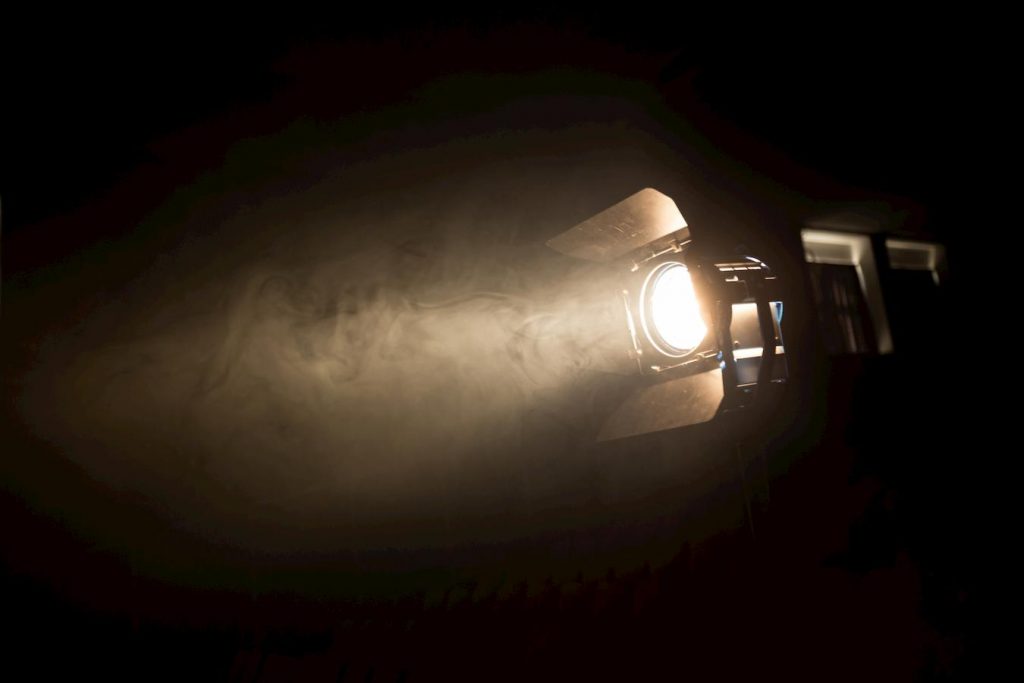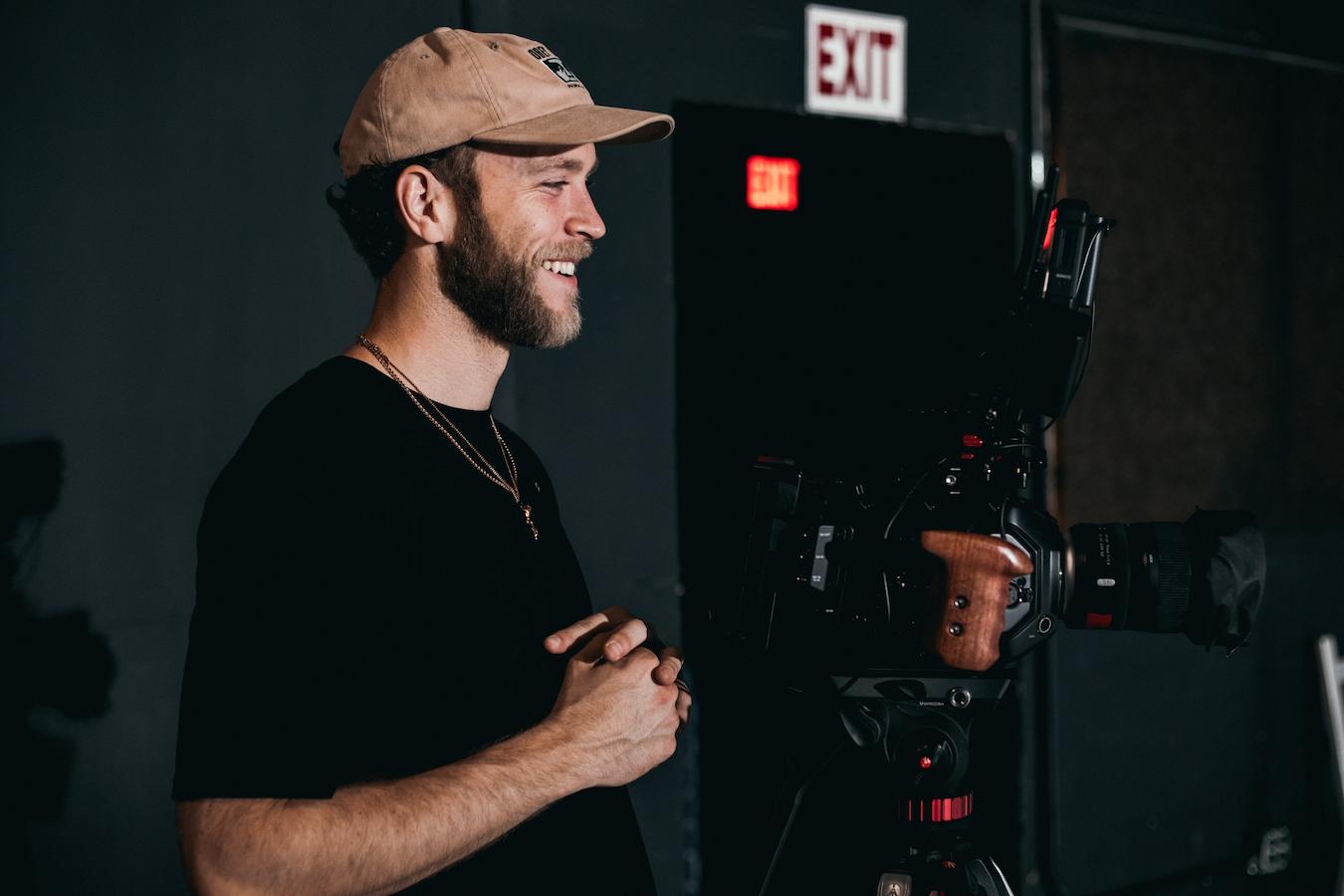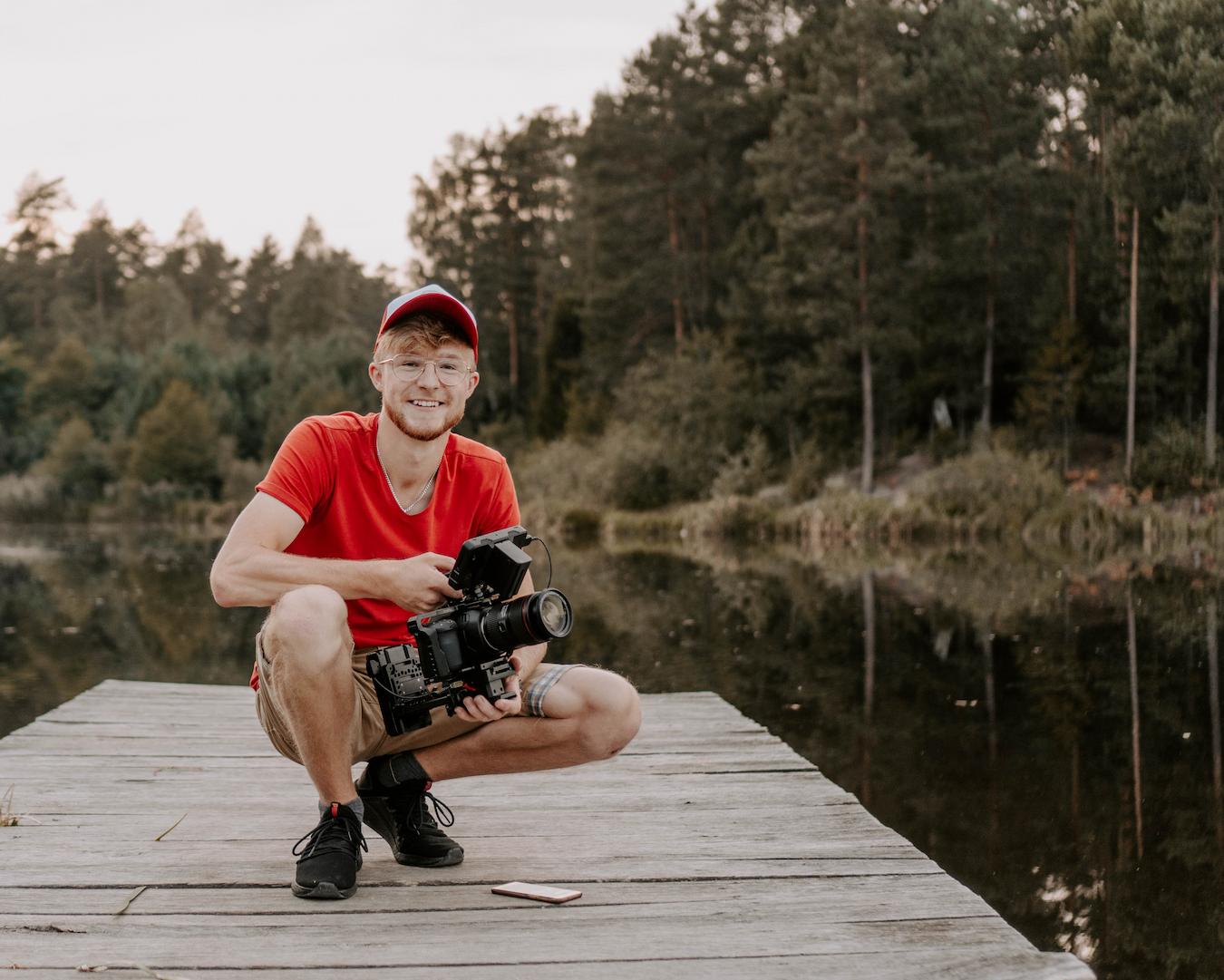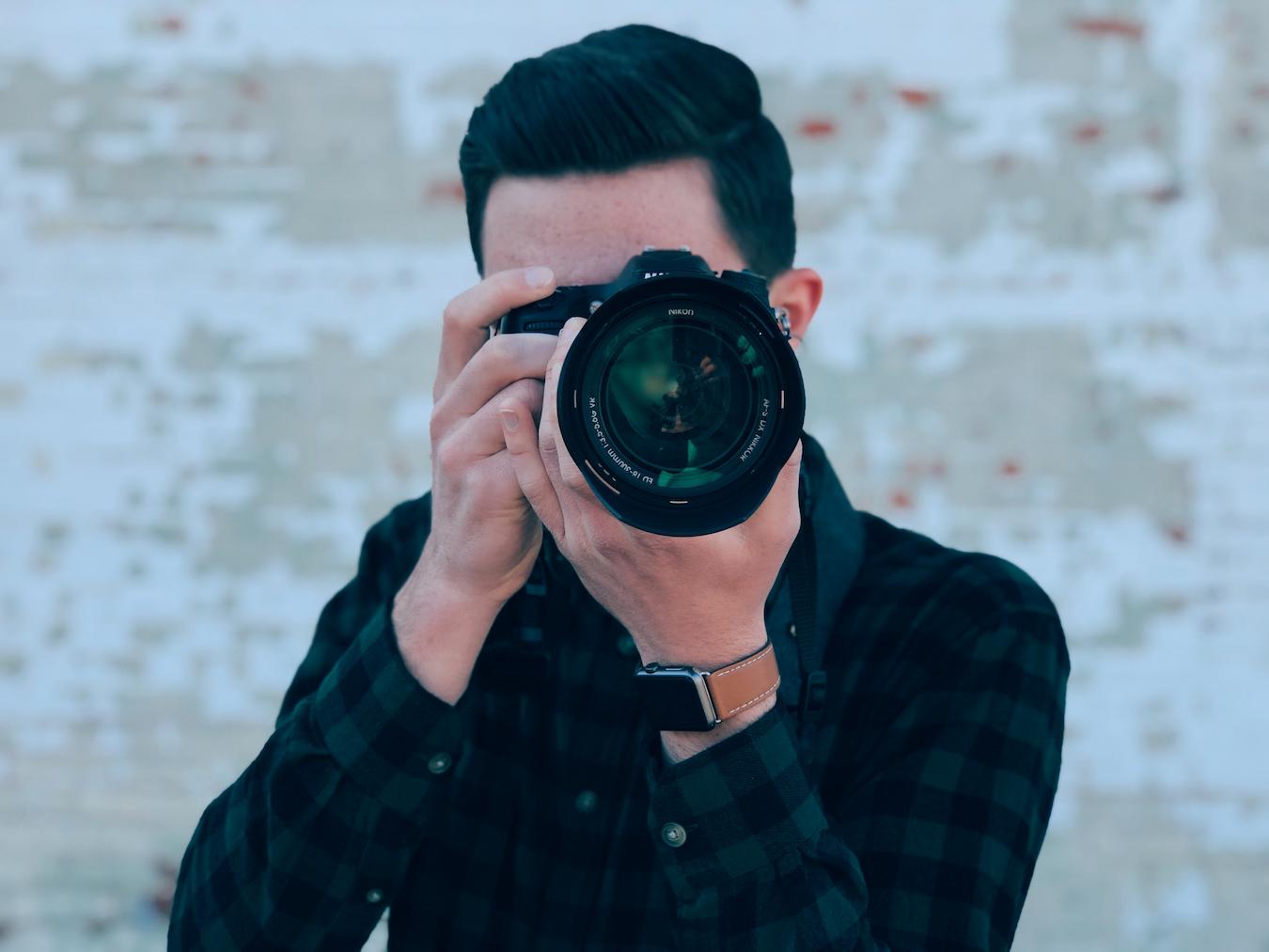The making of a movie requires time and effort from many skilled and creative people. The director of photography (DoP or DP) is one of those individuals, fulfilling a critical role in the viewer’s experience of the film. The DP, also referred to as the cinematographer, is the person who oversees the camera and lighting crew, helping to set the tone and capture the director’s vision for the movie.
On larger, big-budget films, the director of photography will direct the camera operators rather than be the one to operate the camera. For indie films or small projects, the DP might do both. DPs often have film school or photography degrees in addition to the technical skills needed for camera operation. The DP will be the one to set up the shots and determine the framing for each scene, whether or not they are operating the camera.
See Related: What is Independent Filmmaking?
Director Of Photography Can Make Or Break a Production
For cinematographers, camera work involves choices about movement of the camera or cameras, decisions about which lens or filter to use, shot angles, composition, and more. A DP will come in before a scene is shot to work with the director and camera crew in order to figure out the blocking (where and how the actors move in a scene), camera movement, and lighting. The DP must work with the director, the key grip and the gaffer to determine when and how the shooting will proceed.
It Takes A Village To Make A Film
Grips are the technicians that work with all of the equipment that supports and moves the cameras, and the key grip is the person in charge of hiring and managing the rest of the grips and camera crew. The gaffer is the person who positions and controls the lights to achieve the desired effects envisioned by the cinematographer and director. The gaffer is also responsible for securing the kit, or lighting equipment, needed. After camera operators, grips, and gaffers all understand the plan, then it’s finally time for take one.

A film’s director and the director of photography will often work side by side, communicating preferences, floating ideas, and making the choices that shape the look and feel of the film.
Bonus: A Historic Los Angeles Venue for Bold Photography
The Best Of The Best In Their Production Departments
Roger Deakins, the award-winning cinematographer, has had a long and successful career as a DP with movies like Skyfall, The Shawshank Redemption, O Brother Where Art Thou, The Big Lebowski, and No Country for Old Men. For the last three films mentioned in the above list, Deakins collaborated with the Coen Brothers. The famous duo often sought him out as a creative partner ever since working together on their 1991 film, Barton Fink.
A Good Collaboration Goes A Long Way
The successful collaboration of Spike Lee and Ernest Dickerson is another example of a long-running relationship where a director and cinematographer work together on more than one production. They met at New York University Tisch School of the Arts, one of the most prestigious film schools, and went on to make several movies together, with Lee directing and Dickerson as the cinematographer.
Dickerson is also an accomplished director. He wrote the story and directed the movie Juice, and has directed several TV shows like Bosch and The Walking Dead.
Such an impressive list of credits speaks to the fact that a cinematographer is an artist who understands storytelling as well as the film production process. Writers, producers, directors and pretty much everyone involved in the motion picture industry recognize how a talented DP can take a film to the next level.

Cinematographers can become known for their visual style. Even though audiences can’t necessarily name the director of photography as easily as they can list off the actors or the director of a movie, they might recognize the look and feel of their films once they consider their body of work.
As They Say In Showbiz, You Must Risk Something!
In his role as cinematographer in Do the Right Thing and Mo’ Better Blues, Ernest Dickerson displayed his bold, color-infused style that made every scene pop. Decisions around camera movement and framing choices heightened the emotional experience of the film. He used a shot like the dutch angle, for example, which is a shot where the camera is tilted and evokes a sense of chaos.
As the director of photography for the movie Malcolm X, Dickerson made nuanced choices with lighting and filters through the different phases of the protagonist’s life. Being a visual artist and technical expert, he shot the picture so there would be intentionally warm light in some scenes, and a sense of starkness in others. A director of photography is able to create a look that serves the script and adheres to the director’s vision.
Searching For The Perfect Light
To provide another example, Roger Deakins is appreciated for his ability to capture natural light and utilize unique color palettes. About working on the film O Brother, Where Art Thou? Deakins said, “I had to find a way to desaturate the greens and give the images we were going to shoot the feeling of old, hand-tinted postcards.” Deakins, as the director of photography, needed to make sure he could achieve the look Joel and Ethan Coen envisioned.
Below you can hear Deakins discussing the role of cinematography in the Coen Brothers’ film True Grit. He talks about how to create and capture the best light, and that his approach to cinematography involves taking time to be as “submissive to the script” as possible. Watch the video to get a sense of how camera and lighting choices affect everything in a film:
From Start To Finish
Depending on the film, the director of photography might also play a role in post-production. They may work alongside editors and colorists during some of the post-production process to consult on or edit the visual elements of the picture. The director and cinematographer generally want to be present for some of the editing process to ensure the original vision of the film is achieved.
As you can see, a director of photography is more than a person who can get some good shots with a camera. They are a visual interpreter of the script, and a creative force behind the film.
Keep Reading: How To Get Into Film Festivals
–
Mack Sennett Studios is a historic full-service photography studio, production sound stage, and private event space in Silver Lake, serving as creative home to the Los Angeles cultural renaissance for the last 100 years. Check us out on Facebook, Twitter, Vimeo, Pinterest, Yelp and Instagram.




